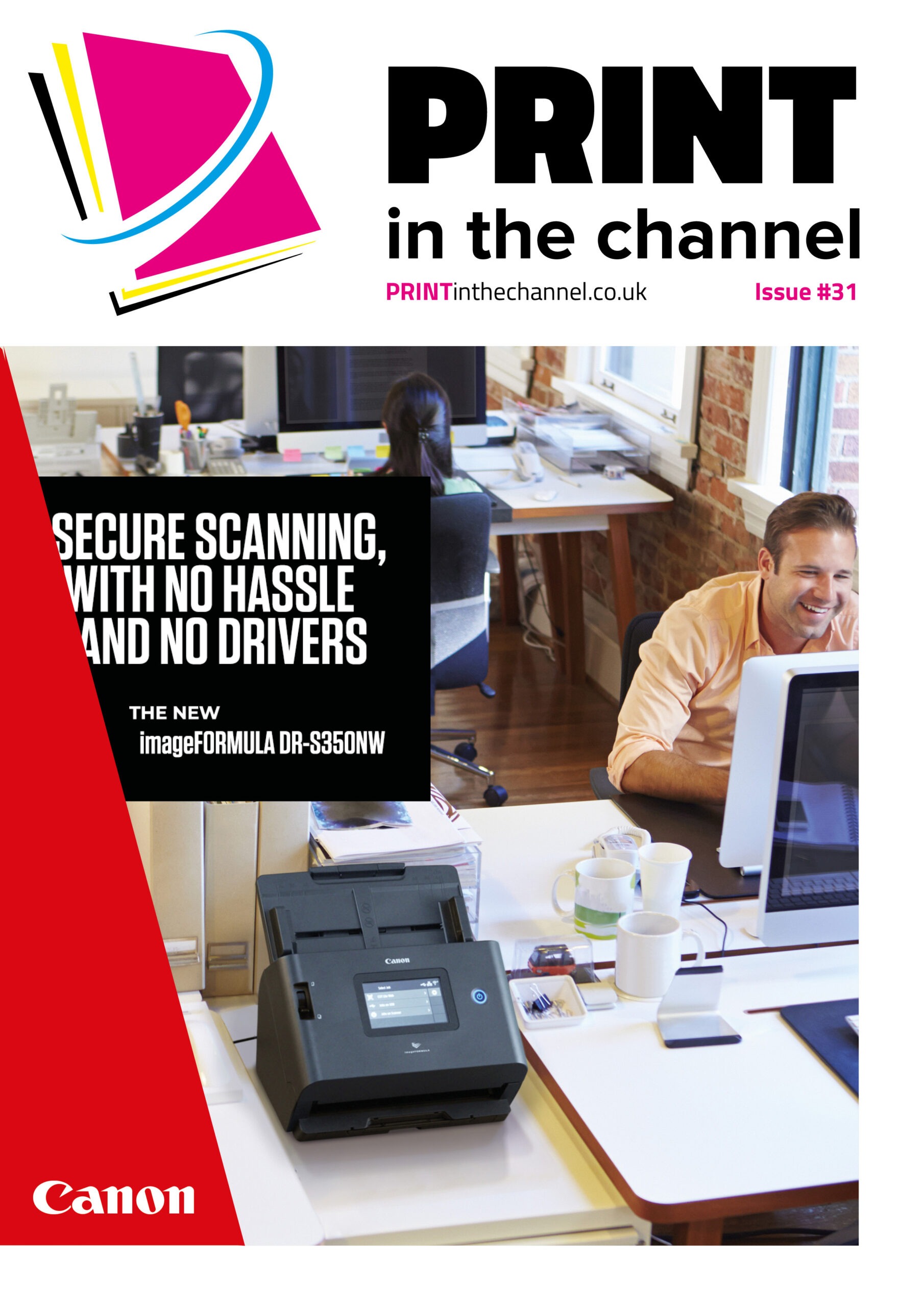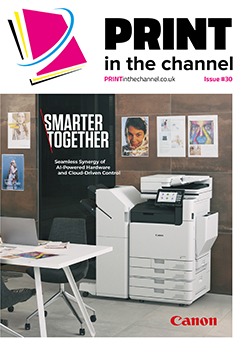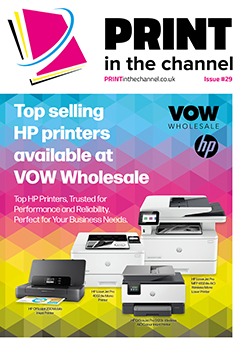Demand for label printers in warehouses and distribution centres continues to grow, and as the market changes with colour labels and more automation becoming increasingly common, there are new opportunities for resellers to make moves into this market.
While online retailing continues to grow – and is expected to continue to grow at 4% per year or more through to 2026, according to Insider Intelligence – it means there are demands on warehouses and distribution centres like never before to sort and pack these goods. It also means that labels are crucial to ensure packages get sent out to their correct destination, and therefore label printers are increasingly important too.
“Distribution and warehouses represent a highly fluid market for labelling, particularly in the aftermath of Brexit and ongoing environmental pressures, where more businesses are reshoring their supply chains to take greater control and reduce their carbon footprint,” says Gavin Thurston, business development manager at Epson (UK) Ltd.
Shaping the market
Gavin adds that there are several trends shaping the labelling market currently. “Colour as an alternative to mono label printing is perhaps the most significant trend we’re seeing from end users,” he says. “Coloured labels present a key, and to many a new dynamic in identifying items more quickly, efficiently and with reduced picking errors, offering a huge advantage over traditional labels where identification is limited to numbers, words and codes.
“A second key trend we’re seeing is automated labelling, where there is an increasing confidence from businesses beyond the manufacturing sector that are exploring the competitive advantage automated labelling can offer their business. Customers are often surprised at how cost-effective label automation is, and the Epson SCARA (selective compliance assembly robotic arm) and 6-axis robotics can apply labels around corners, rounded surfaces, and can adapt to nearly any automated production scenario, making them highly lucrative for distribution and warehouses.
“A third main trend we’re seeing is the increased application of RFID (radio frequency ID), which enables businesses to remotely control inventory from the moment an item enters a warehouse to the moment it leaves it, and in some cases beyond, no matter how big or small. This represents a great growth opportunity, particularly for those providing the software solutions and the media for this market.”
Main solutions
Currently, the main solutions for label printing are static, on-site, colour inkjet label printers, says Gavin. “These provide on-demand labelling, which eliminate the downtime of waiting for outsourced labels while cutting the waste of those not used, and generally provide business greater control and flexibility around their label production.”
Deyon Antoine, product manager at Toshiba Tec adds that solutions can consist of any combination of printing solutions as no two operations are the same. “The factors that dictate suitability are daily volume, speed, label size, label material and connectivity,” he says.
“Printing solutions must be adaptable to suit the customers’ requirements, and as such Toshiba Tec provide several solutions that are able to stand up to the working conditions of a busy warehouse or distribution centre.”
Getting into the market
For resellers looking at getting into this space, while Gavin notes that there is an established market of auto ID resellers within warehousing and distribution, it doesn’t mean there’s no scope for new entrants, particularly in the current economic climate. “During the pandemic we faced the sudden demand overnight for test-kit boxes, each with specific label identity requirements,” he notes. “Those prioritising adaptability, environmental sustainability and close collaboration with customers and third parties are future proofing their proposition in this market.”
Deyon adds that resellers will need the backing of a manufacturer that has the experience and solution for the marketplace, and one that offers a consultative approach to recommend the right solutions for the end users’ application.
A consultative approach is also needed with customers for those already operating in the market, Gavin adds. “Labelling is like a business’s own fingerprint and often requires a collaborative approach, particularly with independent software vendors to help meet each business’s own specific requirements,” he says.
Deyon agrees: “It is key to understand the customer’s business and where they need to get to support their future business; no two customers are the same.”
Future prospects
With online sales set to grow even further in the coming years, demand for label printers is also set to continue to grow. But there are other trends in the market that are developing, according to Deyon.
“Static barcode label printers and consumable sales are still an essential element of any warehouse operation or despatch process, but we are seeing a move towards automation, to increase product delivery, improve efficiency, address staffing shortages and reduce costs,” he says. He adds there are low-cost entry points into automated print and apply systems on the market.
“We are also seeing more and more direct part coding/marking, as people look for sustainable solutions and minimised packaging, solutions like liner less printing which can help customers take the first steps towards a more environmentally conscious printing solution,” says Deyon.
“There is also growth in the printing of on-demand colour labels, for branding and personalising packaging. These offer a low-cost alternative to purchasing large quantities of pre-printed labels and the associated costs or making, transporting and storing.
“As more retailers are shipping online, it is more important that the goods shipped give a good representation of the brand – trends towards coloured and logo branded labels.”
With these trends set to continue for some time, there will be plenty of opportunities – especially as it is still a developing market, so new and better products will also come to replace older models.









